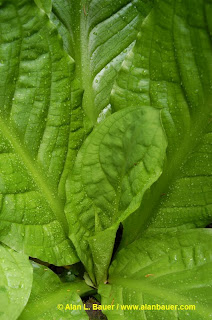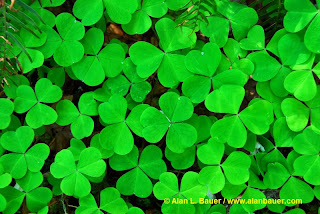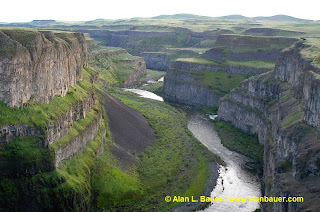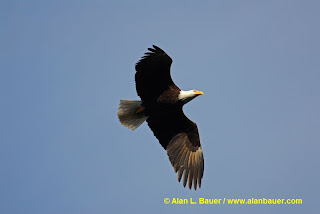
It is hard to not have a sense of great hope and new life every year that winter shows signs of easing and allowing spring to take control. It is such an uplifting experience and a feeling that you can't ignore when seeing how nature is screaming it in your face. With the concerns of virtually a million things on the minds of many of us, nature and the wheel of life around us continues to tell us a story, every day. Even if it means you get attracted to photograph old outhouses sometimes like the abandoned beauty in a farmyard I spotted this week, fully decorated as a focal point to the yard! This week while roaming about the back-roads of one of my favorite counties in Washington, Kittitas County, the day began somewhat a downer. My overly detailed plans for the day were blown to pieces immediately as the sun climbed above the eastern horizon of Whiskey Dick Mountain from the Kittitas Valley. My planned locations to be photographing the rising sunrise light on a pair of my favorite barns, and one old thrashing machine location, all while having a freshly snow-plastered Mount Stuart Range of mountains as the backdrop? Those plans were smashed to pieces in an instant! A freak band of low clouds crawled up and over from the south, hiding the sun just as it was about to crest the eastern horizon. By the time they would have move off to the north and allowed morning sunlight to fill the valley, Mount Stuart would have been long hidden behind those clouds north of my location. Nature can sure play cruel some days! I honestly admit it, I nearly just went on back home at that moment – I mean, how could I “waste” a day under these clouds in crummy light when it would be gorgeous at the home base getting a lot of work done there? Then, after allowing myself to calm down over matters, I decided I should at least go spend a hour driving around back roads in the region to check on trailhead access locations from my book
Best Desert Hikes-Washington, which I had not been to a few since the original research was done six years ago already. While the renewed research was extremely valuable (one location near the Yakima Training Center has been altered some in access it appears – more on that later!) what happened afterwards brought out yet again why no day out is a waste of time.


Departing westward again but using back roads in the Kittitas Valley to do so, the sun came out warmly (well, 28* at 11:00am was more warm than the 16* I had that morning!) on my back. I revisited barns and farms I’ve passed many times and suddenly my creativity juices began to flow. I pulled out only my big lens and chose to only shoot rural scenes using 200-400mm for a focal length (that’s 300-600mm on the DSLR). This created an entire new dimension to what I’ve always shot there in the past – having to drive uphill out of the valley a bit above my target to be able to get the barn/house/fence/ etc… in view and also get a snowy Manastash Ridge behind it, for example. What fun I had!

Then the great sense of hope and new life hit…passing one farm after another, every herd of cows was dotted with newborns, some fields I counted upwards of 40+ baby calves that couldn’t have been more than a week old! I parked, stopped the motor, and just watched and listened. Oh sure, I took some photos as well. But this is where the utmost joy comes from my pursuit of sharing what excites me about what I see out there. Sometimes you just need to stop everything and see the small special things in life.
(photos top-to-bottom: farmyard abandoned outhouse decorated as nice interest point to the yard; pair of 'red barn' shots and snowy Manastash Ridge in the background-shot with 200-400mm lens, not up close; cute baby calf looking ready to take on the world!!)
 It can be downright humorous sometimes as a photographer to have to think so far out of season in efforts to photograph subjects that won't be possible to use for stock sale until the next year. Enjoying photos of spring things? Don't think about using them for photo sales until next fall/winter for spring 2010! This came to light recently as I realized it was time to do my annual presentation of Christmas in Seattle theme images for an annual photo client, University Volkswagen and Audi, and their holiday desktop calendar they make for staff and clients each year using my art as the cover photo. Huh? It's spring for crying out loud and I"m thinking about Christmas!!!??? But that is the fun of things too - it allows me to enjoy thoughts of ALL holiday times of the year, all year long to some degree. So while I'm busy researching Christmas photography for a client...on the first days of April, I hope everyone has a nice April coming up soon!
It can be downright humorous sometimes as a photographer to have to think so far out of season in efforts to photograph subjects that won't be possible to use for stock sale until the next year. Enjoying photos of spring things? Don't think about using them for photo sales until next fall/winter for spring 2010! This came to light recently as I realized it was time to do my annual presentation of Christmas in Seattle theme images for an annual photo client, University Volkswagen and Audi, and their holiday desktop calendar they make for staff and clients each year using my art as the cover photo. Huh? It's spring for crying out loud and I"m thinking about Christmas!!!??? But that is the fun of things too - it allows me to enjoy thoughts of ALL holiday times of the year, all year long to some degree. So while I'm busy researching Christmas photography for a client...on the first days of April, I hope everyone has a nice April coming up soon!





































